Our relationship with gravity (Part 4.1)- Taking a Stand on Sitting
The literature on lower back (lumbar spine) is vast, for a good reason. Eighty percent of American people are going to experience lower back pain in their lives, which will financially burden them by 50 Billion USD, collectively, each year [4].
Part Four in this series will be split up into multiple sections. Each post will look at the common causes of back injuries, the mechanism behind them as well as recommendations to prevent the trauma from occurring. In this post, I will cover the risks of sitting.
Introduction:
The average office worker in an industrial country spends 7+ hours in the chair. Combined with the time spent sitting during transportation, relaxation, and socialization, this number can increase to 13 hours per day [2].Sitting loads the spine and hips with compressive forces through the weight of the upper-body. We can prove that the action is unnatural by observing the weight-bearing surfaces of the body.
Look at the skin underneath your feet and hands. They are the same texture and thickness, and both are perfect for bearing loads. The bum, however, is not covered with the same type of skin. This dissimilarity is a clear indication that their use case should differ too.
An important note: When referring to sitting, I am relating to the use of a chair. Sitting on the ground, or in a squat is very different. The squat is unique because the load disperses through the legs and onto the feet. No wonder the squat was used as a resting position for thousands of years before the invention of the chair. Even babies naturally conform to the squat position.
There are a few issues that occur from the use of chairs. Let’s discuss them individually, and provide solutions for each one.
Prolonged flexion:
Stability:
The natural curvature of the lower spine assumes a lordotic shape, which is also known as an extension or inward curve. The hips/pelvis directly connect to the spine. When sitting, the pelvis tilts posteriorly (backward), pulling the spine out of its natural position and into flexion.Sitting for long periods of time, especially with a flexed lower back, causes laxity in the supportive tissue. This loss of stability causes the vertebrae to shear. These ‘rubbing forces’ are a mechanism for injury.
It is highly recommended to avoid any heavy lifting or demanding physical tasks directly after sitting. The reason is that the connective tissues first need to shorten back to their original lengths and find stability. The collagen fluids in the bones must also equilibrate [6].
Disk annulus stress and herniation:
Flexion of the spine compresses one side of the vertebral disk while tension occurs on the opposite side. The intense pressure degrades the disk walls (annulus) [1]. A collagen fluid, called the nucleus, seeps out through the cracked walls. If enough liquid gets through, it forms a disk bulge that puts pressure on the nearby nerves and results in debilitating pain.
Locked hips and spine motion:
People with troublesome backs use their spine more than their hip joints for movement [3]. Sitting encourages this movement flaw because the hips are locked in place.
It is important to know that the spine was not designed for repetitive movement, and is better suited to resist motion. The hips are supposed to drive all the moving parts. You could think of your back as a door and the hips as the door’s hinges.
How to mitigate the adverse effects of sitting:
No matter how you sit, the spine is affected by compressive loads, but prolonged static positions allow accumulative stress to occur at specific parts of the spine, where forces are their highest. Sitting up dead straight, as if you are attending a formal event, is better than slouching, but, is still not the optimal sitting protocol.
A far better approach is to adjust your position continually. More movement disperses the forces across the structure, preventing acute stress [1]. Consistently moving the body has yet again proven its importance in maintaining the health of living organisms. Every single biological function involves movement. Even the earth itself is in constant motion to preserve its unique properties.
By practicing extension movements at regular intervals, we can combat the stresses and strains of the rounded position [1][3]. A useful method for extending the spine is raising your interlocked hands above the head and taking a deep breath while gazing at the sky. Squeezing the bum during this movement helps open up the hips simultaneously.Before practicing extension motion, it is necessary first to stand up and allow 20-30 seconds for the vertebral nucleus and fluid to evenly redistribute itself across the spinal column [1].
It is recommended to spend no more than 50 minutes of continuous sitting at a time, but sometimes, long bouts of sitting are unavoidable[1]. In these cases, adding lumbar support (a pillow between your back and the chair) minimises accumulative flexion stress. Obviously, if sitting cannot be tolerated, then, it should be avoided altogether [3].
If you have access to an ergonomic chair, with many adjustment options, make use of the various positions on a regular basis. This trick ensures that the joints move through a broader range of motion and spend less time accumulating stress in one area [5].You can also get creative with your body positions on the chair. Take a look at some of the shapes you can get into in the illustration on the right.
Finally, when laying flat, the weight of our upper bodies no longer compresses our spines. This period is known as decompression and is essential for increasing blood flow to heal the spine after compression. By reclining our seats as far back as possible has the same decompression effect through the support of the backrest. So, the next time you are driving long distances, put on some hip hop/rap, recline the seat and drive gangsta style.
Conclusion:
Everyone must take frequent breaks from sitting and move through a variety of shapes, as to avoid accumulative stress in one position.
Follow me @exercisinghealth to catch the rest of this series.
Sources:
[6]The Occupational Ergonomics Handbook
*All illustrations made by @exercisinghealth
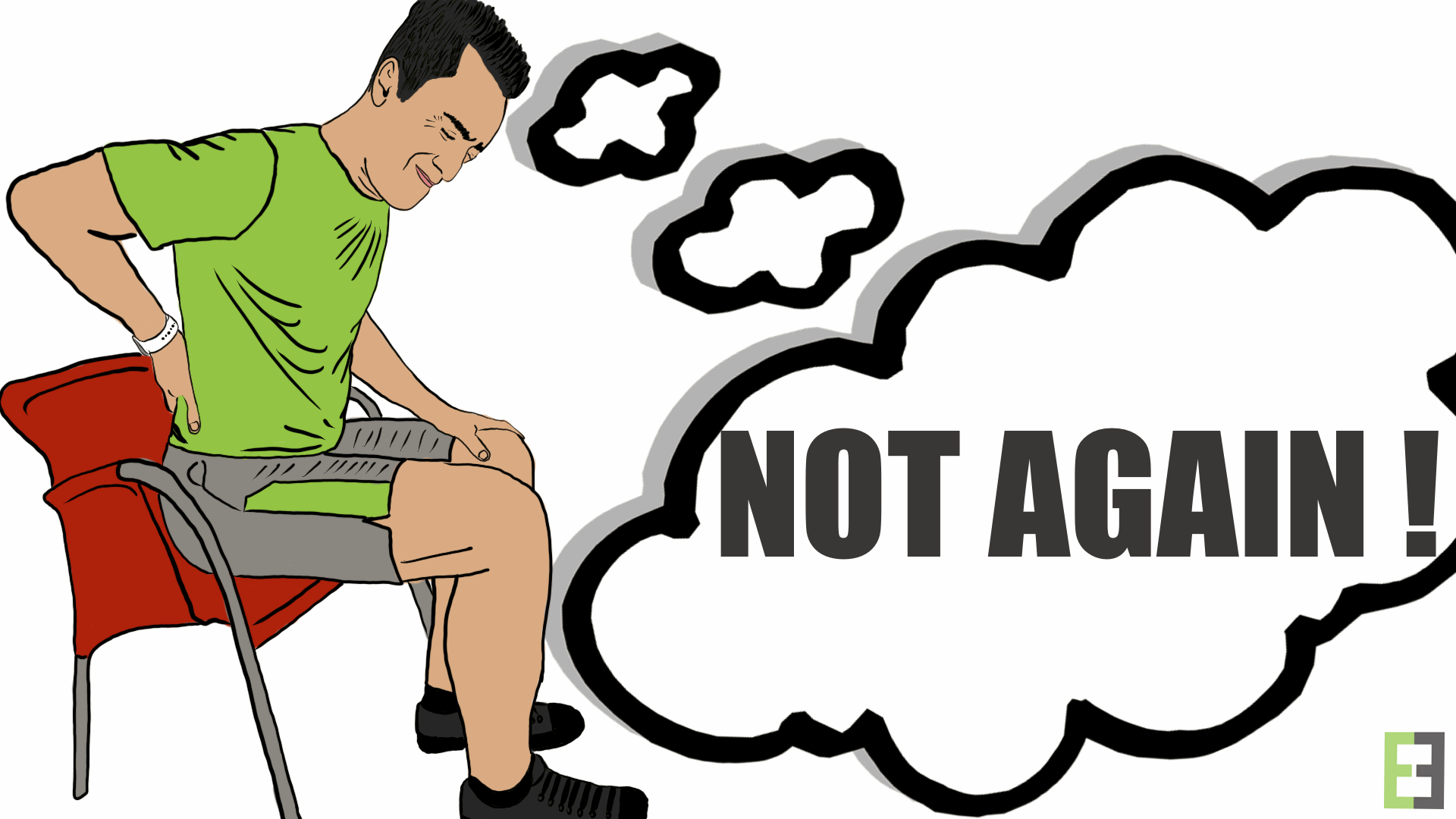
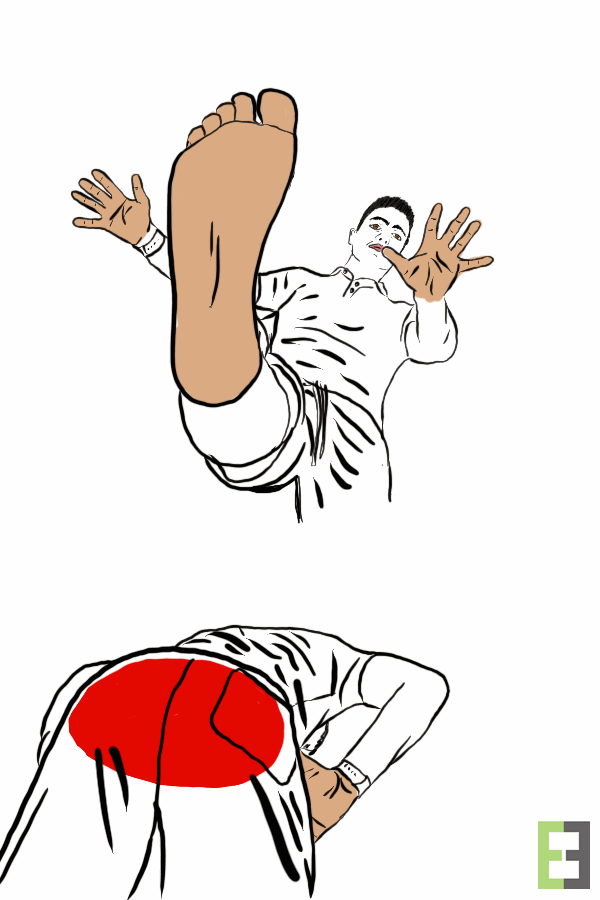
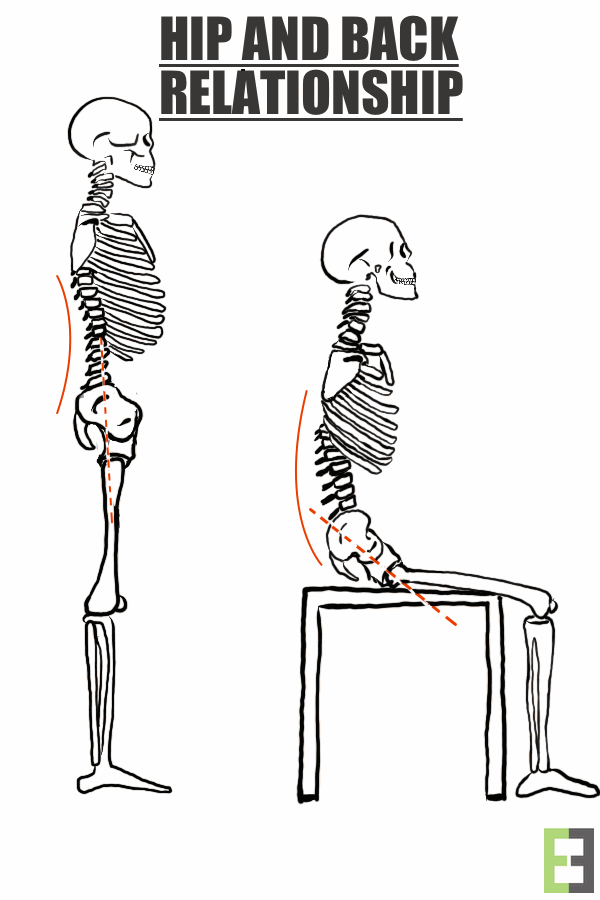
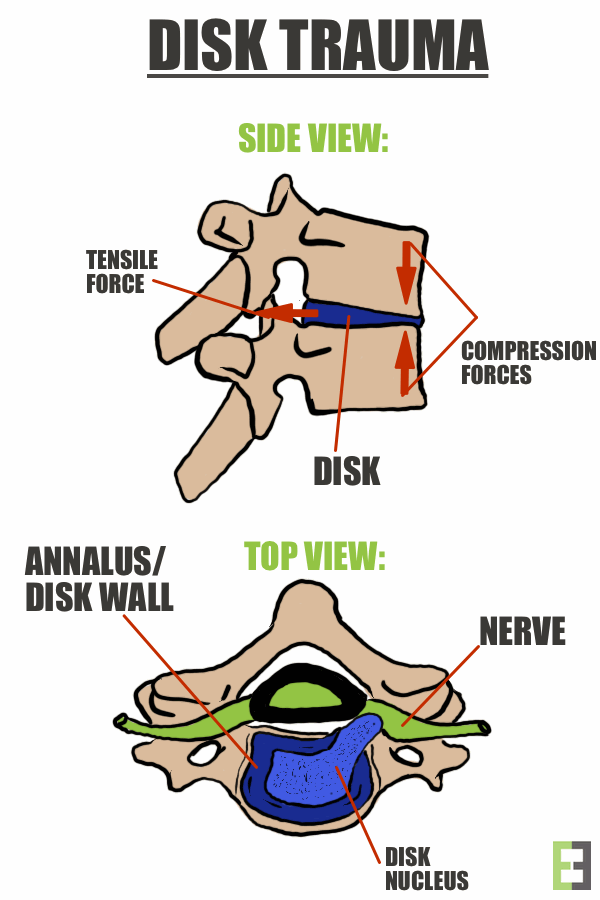
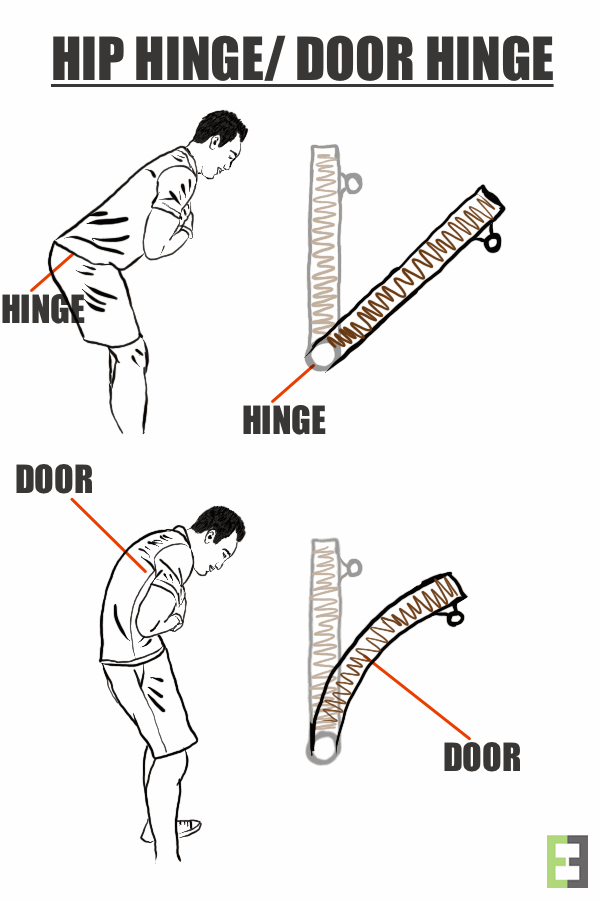
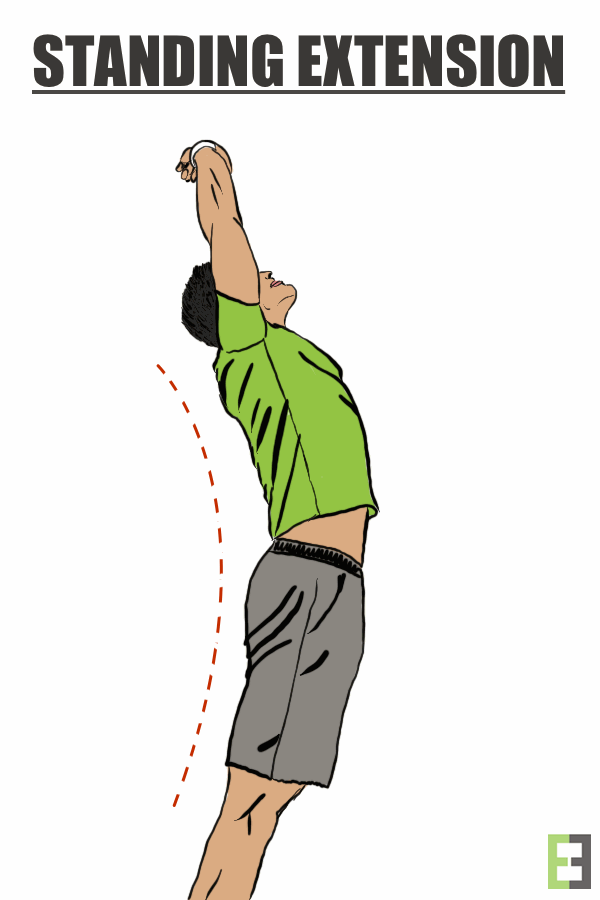
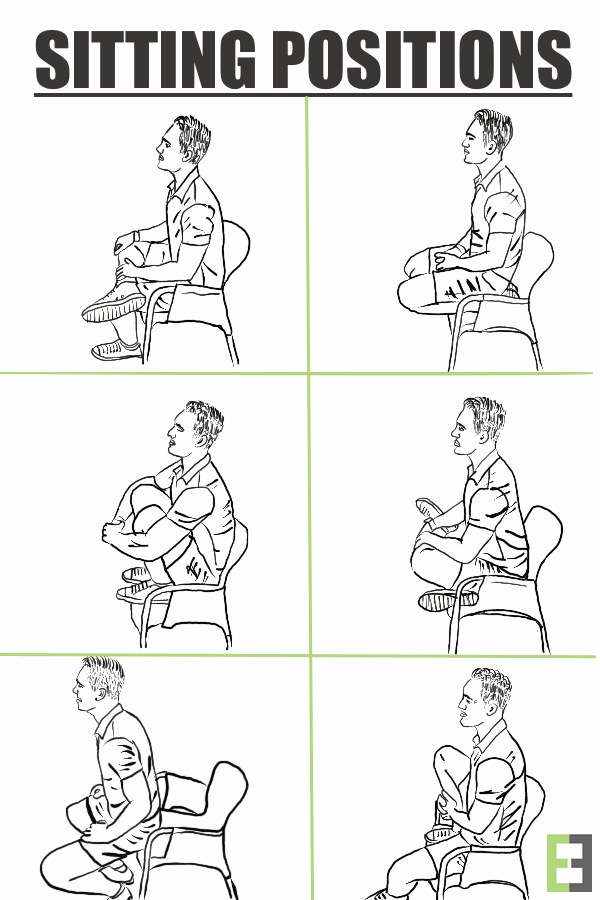
Nice post, especially on Steemit where most people sit behind a desk at least a few hours a day ;)
Thank you. Well, hopefully some are using a standing desk;)
This post has received a 12.90 % upvote from @buildawhale thanks to: @exercisinghealth. Send at least 1 SBD to @buildawhale with a post link in the memo field for a portion of the next vote.
To support our daily curation initiative, please vote on my owner, @themarkymark, as a Steem Witness
@originalworks
The @OriginalWorks bot has determined this post by @exercisinghealth to be original material and upvoted(1.5%) it!
To call @OriginalWorks, simply reply to any post with @originalworks or !originalworks in your message!